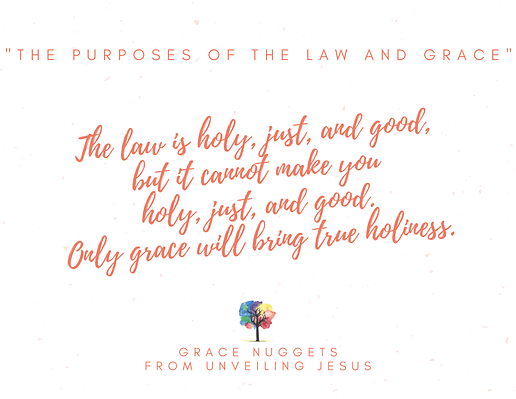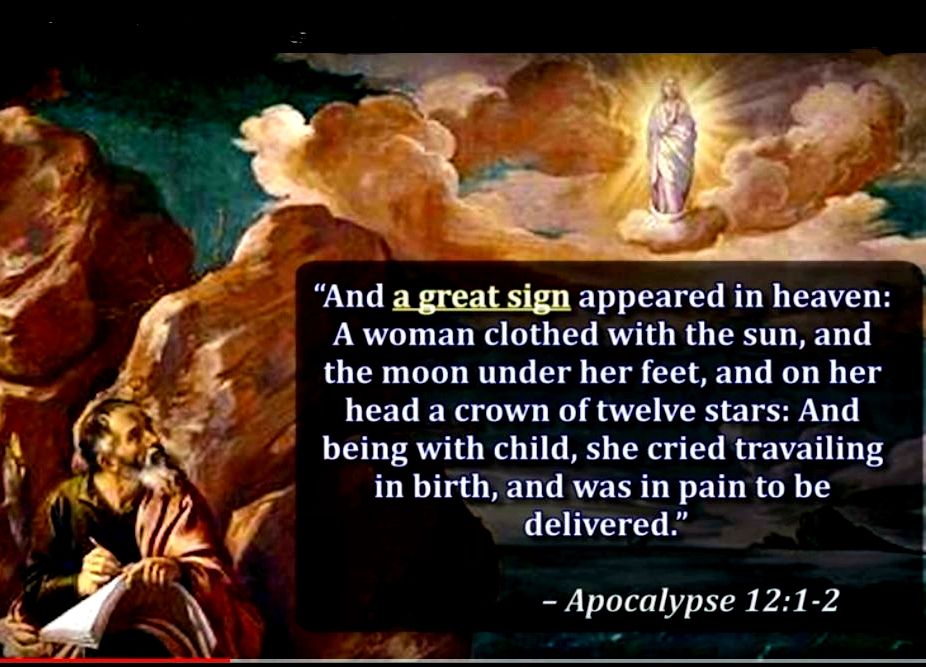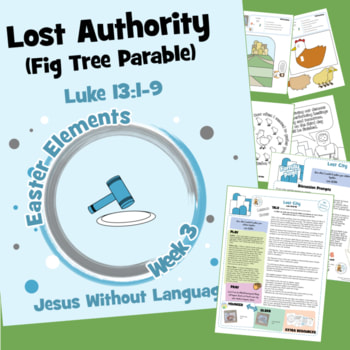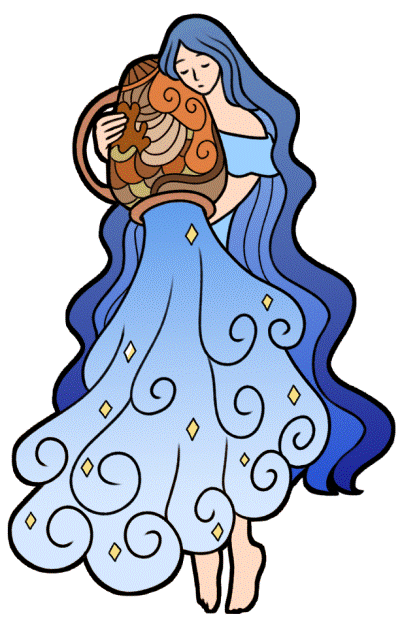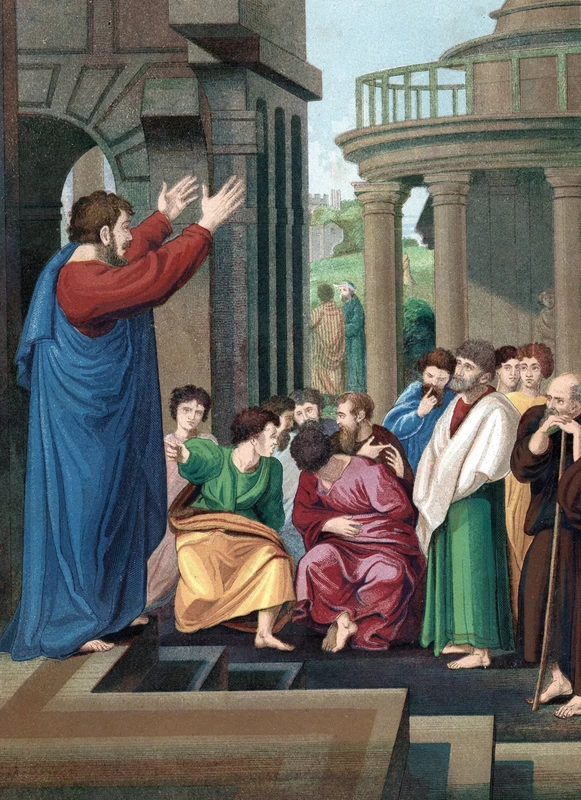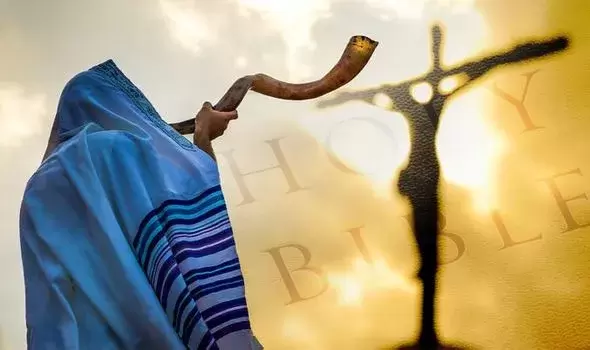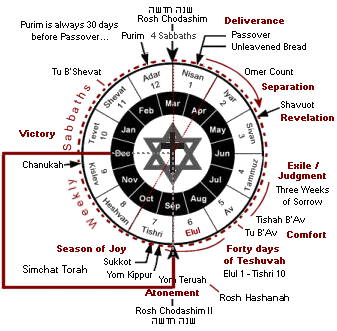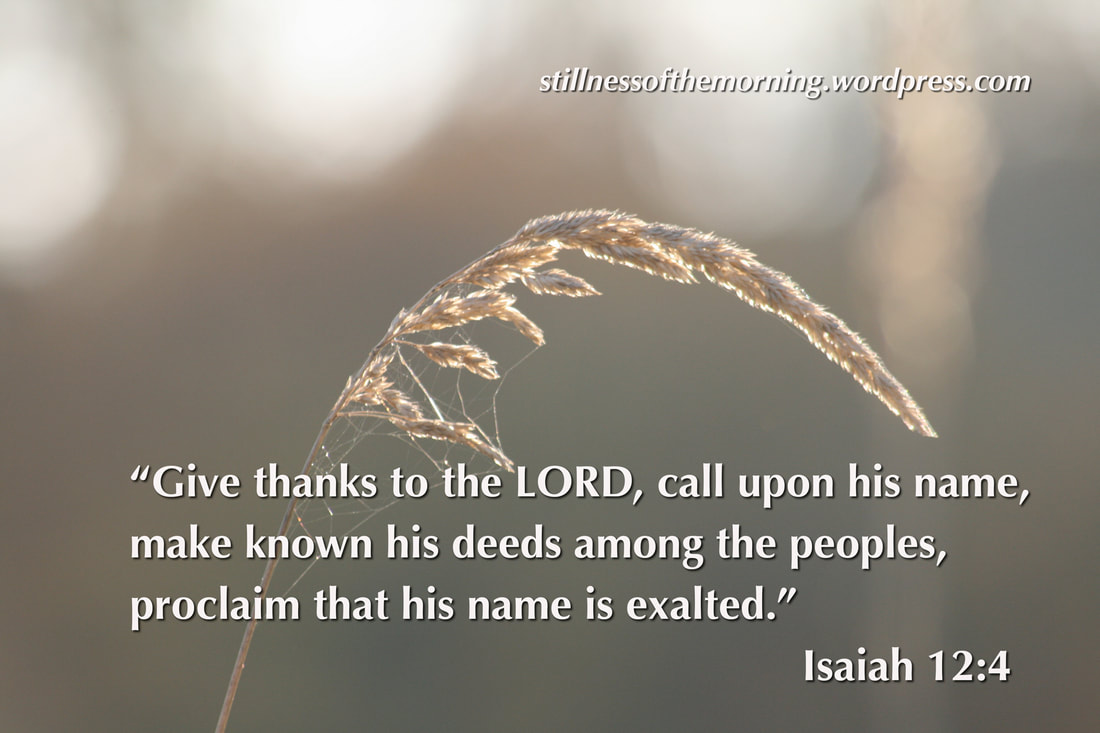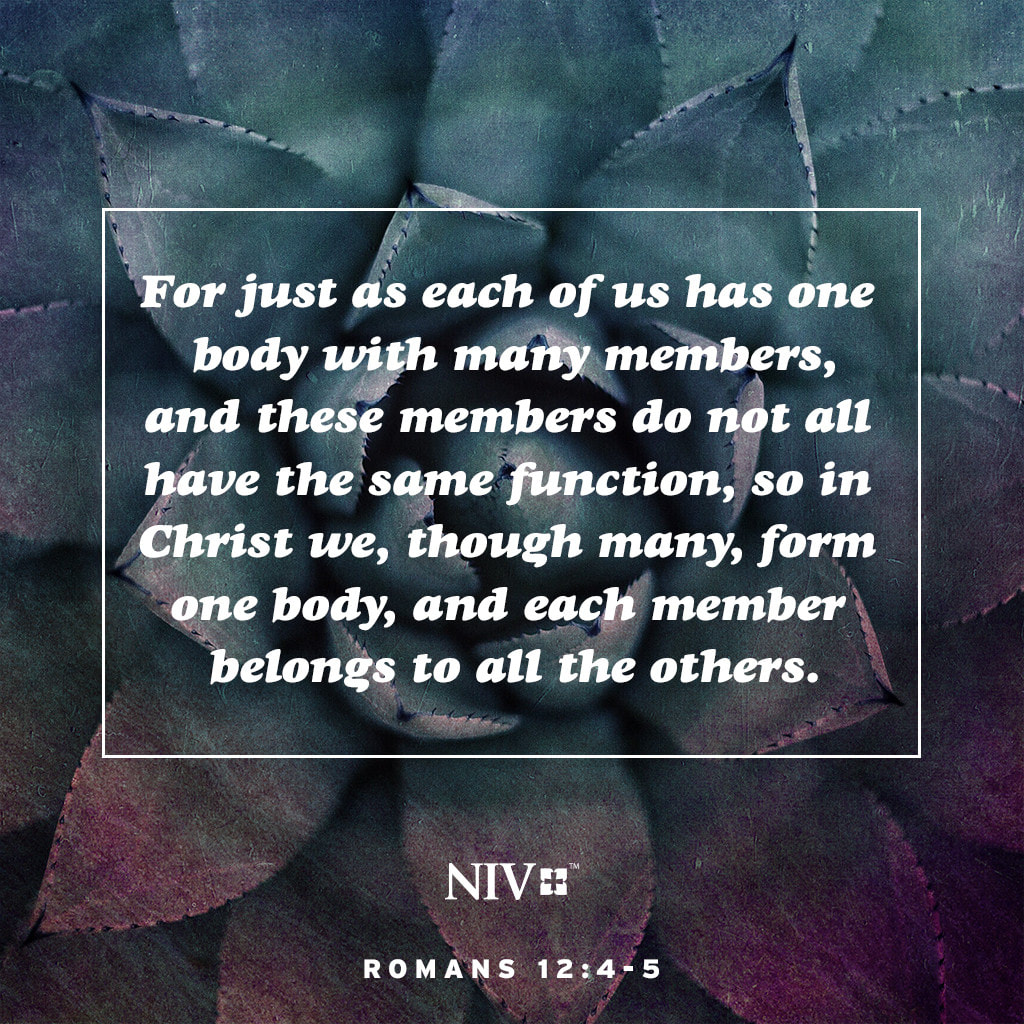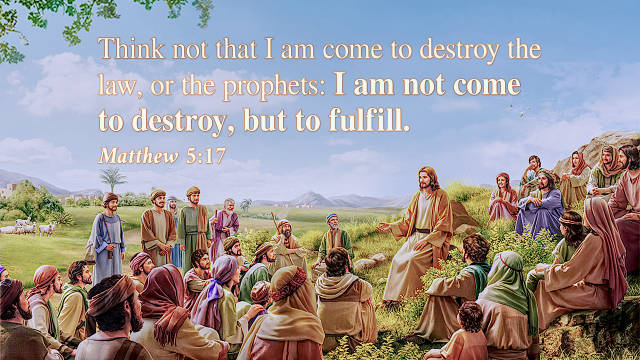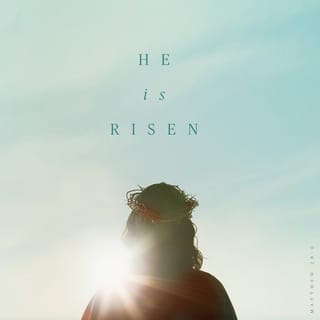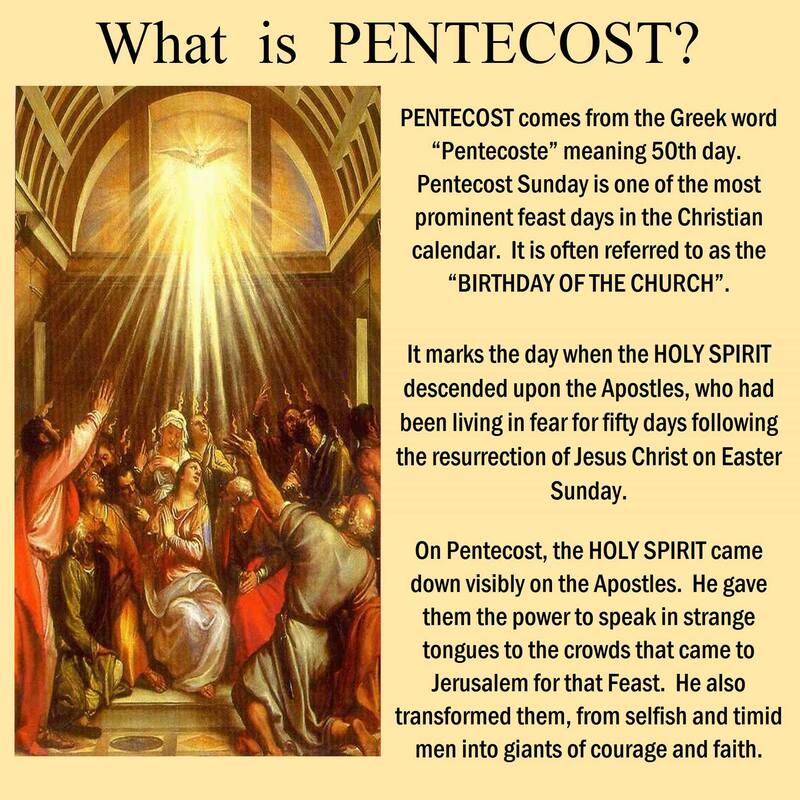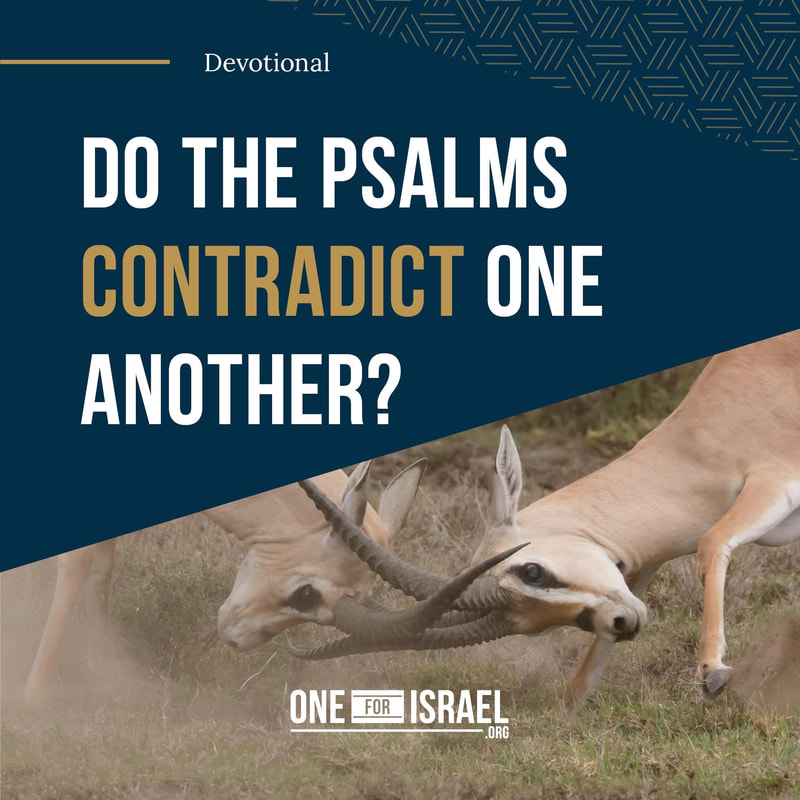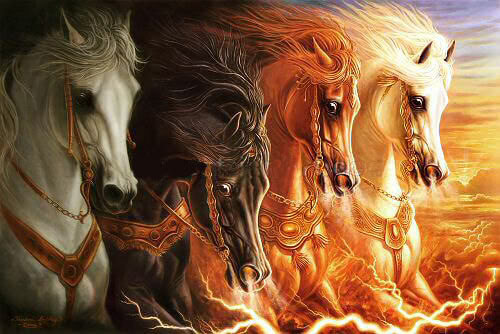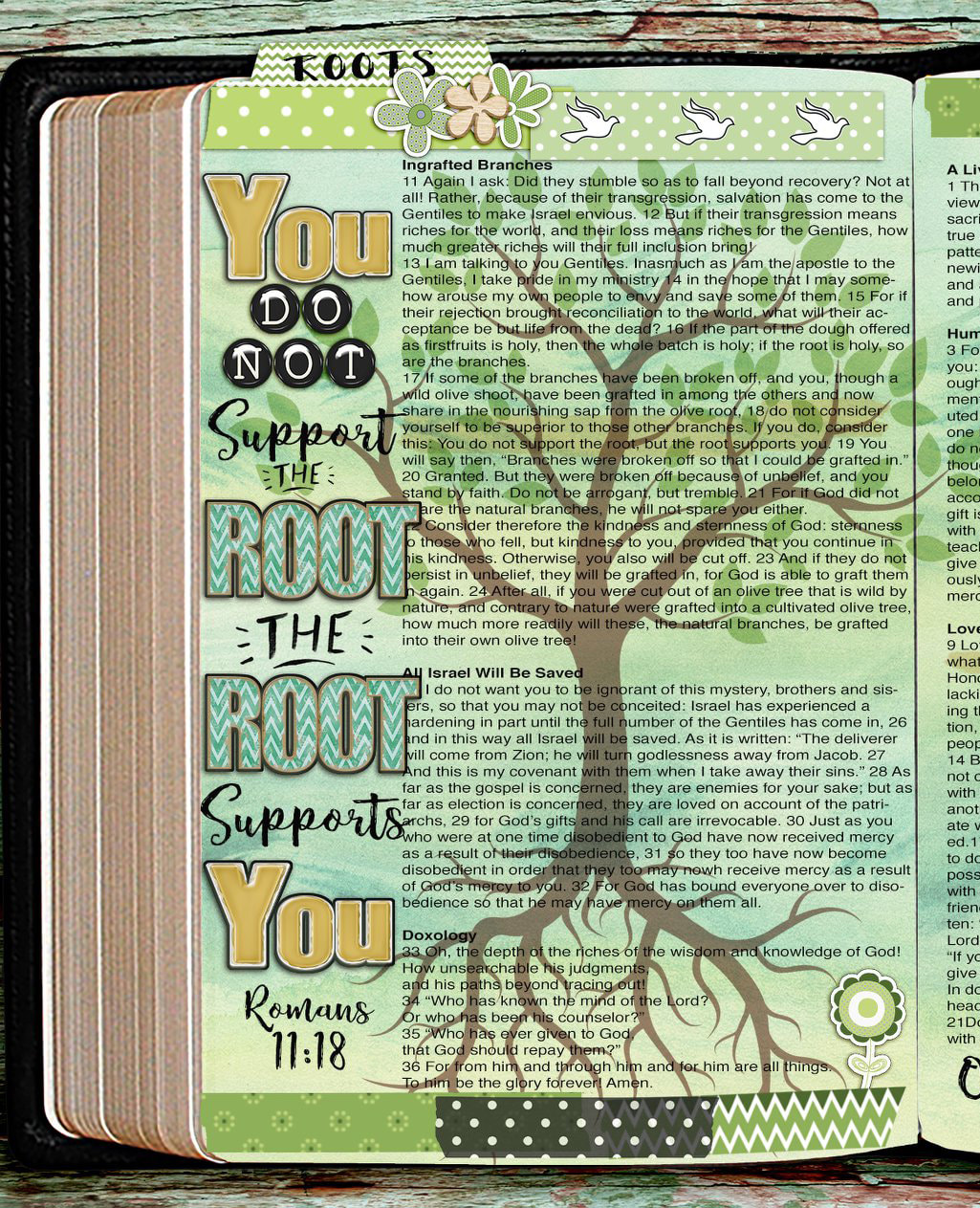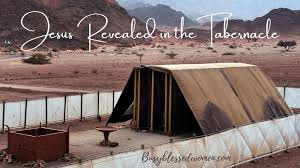C.S. Lewis, a
devout Christian,
suffused his most famous work,
The Lion, the Witch and
the
Wardrobe
with overt
Christian symbolism
and structured its conclusion around
the
resurrection of a Christ
figure and a climactic
battle for the very soul of Narnia.
Lewis, however, did not set out to write a biblical allegory; rather, he wanted to imbue a fairy story with elements of the story of the Jesus Christ in order to allow children to see the miraculous elements of Christ’s story in a new light—and perhaps relate to them anew and understand their wonder more deeply. Through the character of Aslan, and his role in Peter, Susan, Edmund, and Lucy’s story, Lewis created an allegory for the triumph of Christian ideology, and used The Lion, the Witch, and the Wardrobe to subtly suggest that a world that rejects Christianity will be a poorer one marked by strife, suffering, and a literal winter of the soul. In contrast, a world that embraces Christlike values—turning the other cheek, honoring promises, and making sacrifices for others—will be full, bountiful, and prosperous.
The religious symbolism
Lewis employs throughout the novel is pointed and ubiquitous.
From Lucy’s first solo journey through the wardrobe to the world on the other side, there is the sense that Lewis
has created a world that is in dire
need of deliverance.
Lucy finds Narnia covered in snow her first time through the wardrobe. This initially gives the world a quiet, still magic, and Lucy, seeing the Faun Mr. Tumnuscarrying packages in his arms, believes Christmas must be near. However, Tumnus reveals to her that the world of Narnia is under siege: the White Witch has made it so that it “always winter and never Christmas” in Narnia. This withholding of Christmas—the holiday commemorating the birth of Christ—is implied to be a purposeful withholding of the celebration of Jesus. Mr. Tumnus also notably refers to Lucy
as a “Daughter of Eve”—the way Narnians refer
to humans is Daughters of Eve for women,
and Sons of Adam for men.
This biblical reference points to humans as divine creations in God’s image, and their fated destiny to rule Narnia above all of the other magical creatures who live there is in a way a divine right. Lucy and her siblings will be heralded as saviors or deliverers, destined to, alongside the mighty Aslan, pull Narnia from its eternal winter. Sin and corruption have come to roost in Narnia under the White Witch’s rule, and Lewis uses the White Witch’s forced perpetual winter as a metaphor for the desolation and emptiness of Narnia’s soul in the absence of its ruler—the Christ figure Aslan.
Aslan is the most overt symbol of Christ in the novel; just the sound of the name inspires strong feelings in all who hear it. The first time Aslan is mentioned to the children, Edmund feels a “mysterious horror,” Peter feels “suddenly brave,” Susan feels something “delicious [or] delightful” float by her, and Lucy feels a sense of gleeful anticipation akin to the feeling of waking up on the first day of a holiday. Lewis is clearly using Aslan’s ineffable power to echo the feelings of “horror” that sinners and liars such as Edmund feel at the mention of Christ, and the bravery, glee, and peace Christ’s name inspires in his followers. Aslan’s approach severely weakens the White Witch’s power. After Edmund deserts the group to enter the employ of the White Witch, Mr. Beaver and Mrs. Beaver bring Peter, Susan, and Lucy to the Narnian landmark of the Stone Table to meet Aslan. Changes immediately begin to occur in the landscape. First, Father Christmas arrives at last to deliver presents and encouragement to Peter, Susan, and Lucy. Before he leaves, he shouts, “Merry Christmas! Long live the true King!” Though this is ostensibly a reference to Aslan (or the future High King Peter), it is also clearly a reference to Christ himself, the King of Kings. Meanwhile, as the White Witch travels to the Stone Table, she finds that the snow has begun to melt, severely impeding the movement of her sleigh. Lewis shows Aslan’s power against the Witch—and, symbolically, Christianity’s power against heretics and nonbelievers—to be powerful even from a distance. Lewis’s belief in the almighty nature of Jesus Christ is evident as the novel speeds towards a climactic battle for Narnia’s soul.
In the novel’s climax, Aslan and the White Witch face off at the Stone Table—itself a biblical symbol reminiscent of the stone tablets bearing the commandments brought down from Sinai by Moses. The White Witch, with a coterie of giants, werewolves, and the spirits of trees behind her, confronts Aslan at the Table. Aslan has rescued Edmund from the Witch’s clutches, but she now taunts the lion as she reminds him of the “Deep Magic” that the Emperor of Narnia put into the world “at the very beginning.” Under this Deep Magic, every traitor belongs to the White Witch—Edmund, as a traitor, is hers to kill. In this way, she is an allegory for Satan, to whom sinners “belong” when they are sent to Hell. Aslan cannot deny the power of this Deep Magic, but he makes a deal with the White Witch, allowing her to kill him in Edmund’s place. Thus, the most potent metaphor for the Passion and Crucifixion of Jesus Christ emerges. Aslan is led to the Stone Table by the Witch’s attendants, and is taunted, shamed, and shaved of his mane. The Witch then kills Aslan, as a horrified Lucy and Susan look on. The Witch and her minions abandon Aslan’s corpse, and Lucy and Susan attend to it, freeing him from his bonds. As the sun begins to rise, though, Aslan is resurrected before the girls’ eyes, and the Stone Table cracks in two. As in the New Testament, when Mary and Mary Magdalene attended Jesus’s body ahead of his resurrection—during which Jesus rolled aside a stone boulder and emerged from his tomb— Lewis creates a profound and instantly recognizable image of Aslan as Narnia’s immortal savior.
After Aslan’s resurrection, a climactic battle ensues—Aslan and the four siblings are triumphant, and so Lewis’s narrative
confirms the inherent righteousness
and ultimate unassailability of
Christian values.
The novel’s central conflict is the struggle between
Christianity’s tenets of sacrifice, empathy, and
striving towards goodness and godlessness, sin,
and selfishness.
In couching this struggle in symbol and metaphor
and pitting Aslan and the White Witch against one another,
Lewis literally lionizes Christianity and situates
the
religion’s central story,
the
story of Jesus Christ,
in a fantasy realm where its
miraculous happenings
and
moral core can be viewed
in
anew light

 RSS Feed
RSS Feed








